The longevity of non-stick cookware has long been a topic of debate among home cooks and professional chefs alike. While the convenience of non-stick surfaces is undeniable, their delicate nature often leads to premature wear and tear. However, by adopting two simple practices—using wooden utensils and cooking over medium heat—you can significantly extend the life of your favorite frying pan or sauté pot.
The Wooden Utensil Advantage
There’s a reason wooden spoons and spatulas have been kitchen staples for centuries. Unlike their metal or hard plastic counterparts, wooden utensils are gentle on non-stick surfaces. The natural fibers of wood create just enough friction to flip pancakes or stir sauces without scratching the delicate coating. This becomes particularly important when you consider that most non-stick surfaces begin degrading the moment the first microscopic scratch appears.
Professional chefs often prefer bamboo utensils for their durability and heat resistance. The tight grain structure makes bamboo less porous than other woods, reducing the likelihood of bacterial growth while maintaining that all-important gentle touch. When shopping for wooden utensils, look for pieces with smooth, rounded edges that won’t concentrate pressure in small areas—a common cause of coating damage.
The Medium Heat Principle
Modern kitchens are filled with high-powered burners capable of reaching temperatures that would make a blacksmith blush. Yet non-stick coatings perform best at moderate temperatures—typically between 300°F and 400°F (150°C to 200°C). Exceeding these temperatures can cause the coating to break down chemically, releasing fumes and compromising the non-stick properties.
An interesting phenomenon occurs when cooks use medium heat: food actually browns better. The slower heat transfer allows for more even cooking, preventing the burnt-on messes that tempt people to reach for metal scrapers. This is particularly noticeable when cooking proteins—chicken breasts develop a more uniform golden crust, and eggs achieve that perfect balance of set whites and runny yolks without sticking.
The Science Behind the Savings
Non-stick coatings work through a combination of physical and chemical properties. The polytetrafluoroethylene (PTFE) or ceramic matrices that create the slick surface form microscopic valleys that prevent food molecules from getting a firm grip. Excessive heat causes these structures to expand and contract unevenly, creating stress fractures invisible to the naked eye but devastating to performance.
Wooden utensils complement this delicate structure because their organic composition naturally dampens vibrations and impacts. When a metal spatula strikes a pan, it creates shockwaves that travel through the coating. Wood absorbs much of this energy, preserving the integrity of the non-stick layer. This synergy between material science and culinary tradition explains why professional kitchens—despite their reputation for harsh treatment of equipment—often maintain non-stick pans for years through disciplined use of wood and moderate heat.
Practical Applications in the Kitchen
Implementing these preservation techniques requires some adjustment to cooking routines. For sautéing vegetables, begin with a preheated pan at medium setting before adding oil. The reduced temperature means you might need to cook slightly longer, but the results will be more consistent and your pan will thank you. When making omelets, the wooden spatula’s rounded edge is perfect for gently lifting and folding without applying damaging pressure.
Cleaning practices also play a role in extending non-stick life. Even with proper cooking techniques, always allow pans to cool before washing. The sudden temperature change from hot pan to cold water causes micro-fractures in the coating. A soft sponge with mild soap removes most residues without abrasion, and stubborn bits can be loosened by simmering water in the pan for a few minutes—another task perfectly suited to medium heat.
The Economic and Environmental Impact
Considering the average household replaces non-stick pans every 1-2 years due to coating failure, adopting these methods could save hundreds of dollars over a decade. More importantly, it reduces the environmental burden of constantly manufacturing and disposing of cookware. High-quality non-stick pans treated with care can last 5-7 years or longer, making the initial investment in wooden utensils and patience with cooking times well worth the effort.
Some culinary traditionalists argue that these methods sacrifice cooking performance, but the opposite proves true. The constraints of medium heat and wooden tools encourage better technique—more attentive stirring, proper preheating, and thoughtful ingredient preparation. These fundamentals separate adequate cooks from exceptional ones, all while preserving equipment. The marriage of ancient kitchen wisdom with modern materials science creates a sustainable approach to one of cooking’s most useful innovations.
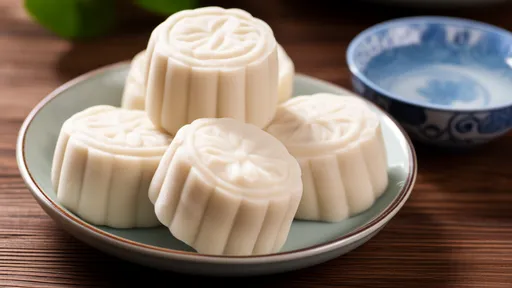
By /Jul 31, 2025
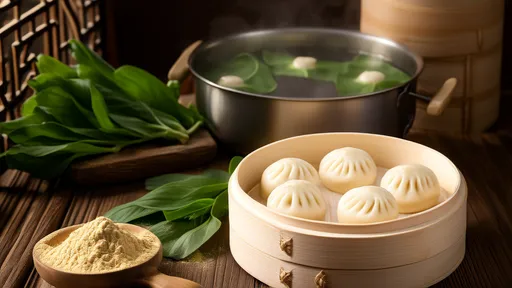
By /Jul 31, 2025

By /Jul 31, 2025
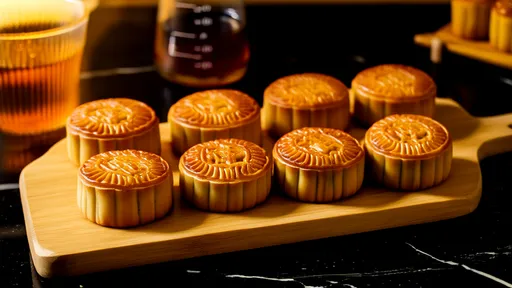
By /Jul 31, 2025
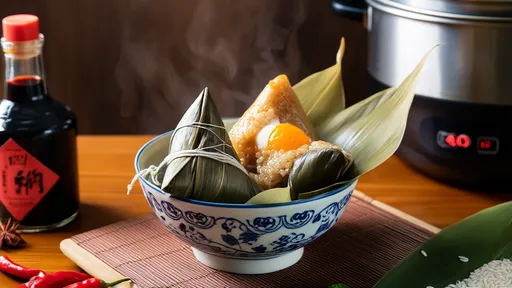
By /Jul 31, 2025
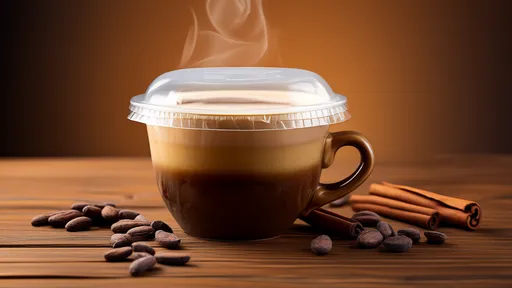
By /Jul 31, 2025

By /Jul 31, 2025
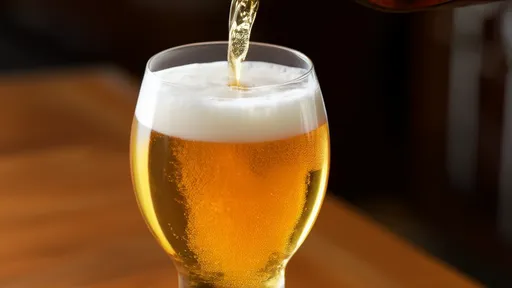
By /Jul 31, 2025
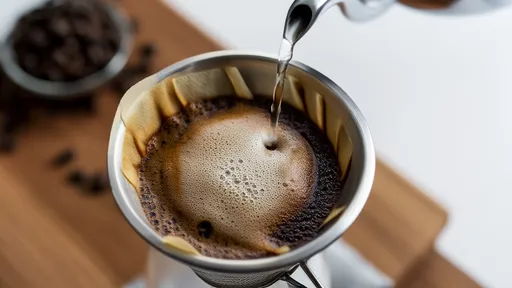
By /Jul 31, 2025
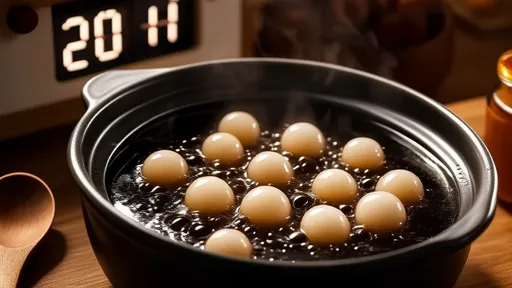
By /Jul 31, 2025

By /Jul 31, 2025
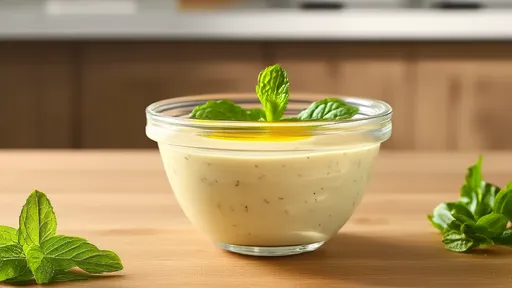
By /Jul 31, 2025
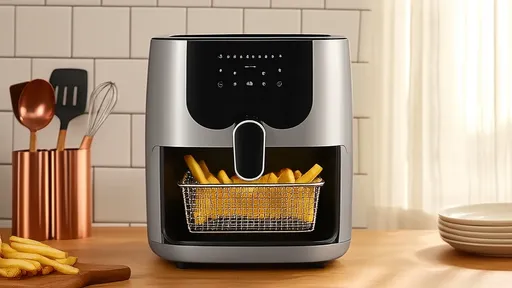
By /Jul 31, 2025

By /Jul 31, 2025
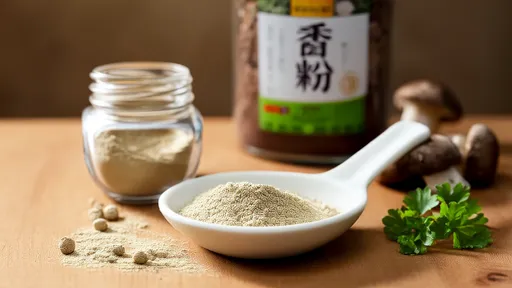
By /Jul 31, 2025
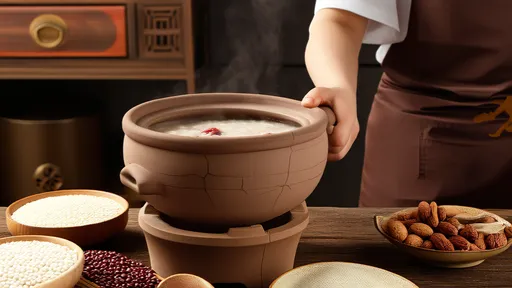
By /Jul 31, 2025
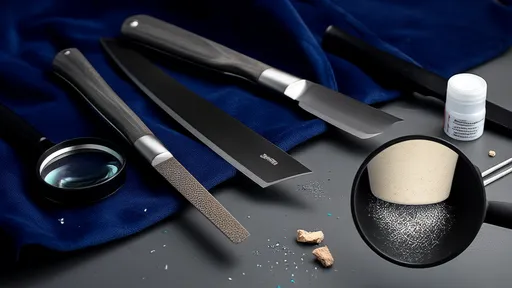
By /Jul 31, 2025
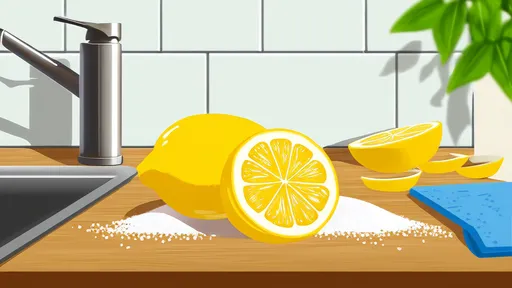
By /Jul 31, 2025
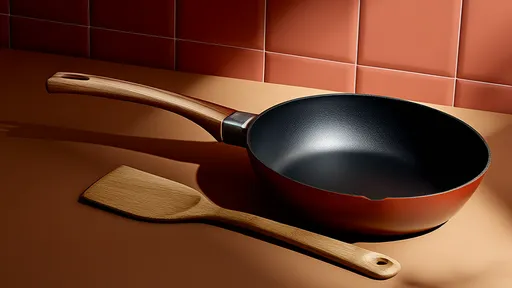
By /Jul 31, 2025
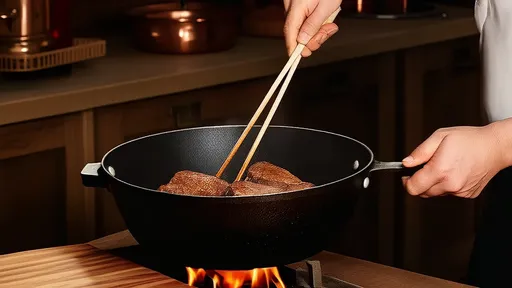
By /Jul 31, 2025